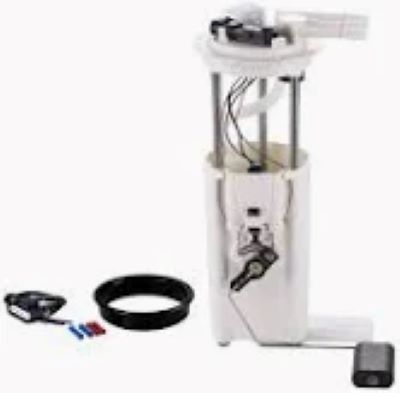The main difference between OEM (Original Equipment Manufacturer) and aftermarket fuel pumps is where they come from, the cost, and what you get. OEM fuel pumps are produced by the manufacturer that originally built the part for your car. They are designed to fit the vehicle perfectly, for a hasslefree fit and performance. An OEM fuel pump, for instance, can deliver precise-pressure fuel (usually between 30-80 psi, depending on the engine's requirements). OEM fuel pumps are reliable because they are direct replacements to factory spec, but you may pay a premium for them — around $400 to $600 including labor on average.
Meanwhile, aftermarket fuel pumps are crafted by a different company entirely. While these pumps are usually configured to suit a broad variety of car versions, they may not be as custom-made for a particular automobile as an OEM component. Nevertheless, you will find aftermarket choices far cheaper at anywhere between $100 and $300, depending on the brand along with specific model. Aftermarket fuel pumps are usually much more affordable than OEM options, and high-quality models from known manufacturers can equal or exceed the performance of factory-fitted units, with some even offering greater flow rates in the case of sportier cars.
The other big difference is the warranty and QC. OEM fuel pumps tend to have a grading quality test and usually provide for a longer warranty. This guarantee that the pump will match performance and longevity to the equivalent of original equipment parts, which typically run between 100,000-150,000 miles each. Aftermarket fuel pumps are able to have a much wider range in quality since the manufacturer is likely not held to as high of standards. But many top-tier aftermarket brands have products that go through the same testing procedures as original equipment and offer warranties to match those on OEM parts.

So you know, a 2018 study by Consumer Reports revealed that while replacing a fuel pump with an aftermarket assembly can save hundreds of dollars on the parts cost alone (and up to thousands of dollars for some luxury models) vs. OEM replacements, 80% said they were happy with the performanceexternalActionCode. Others suggested that lower-tier aftermarket pumps could fail prematurely, even in comparison to OEM alternatives.
Aftermarket fuel pumps are also popular for performance applications, as they can deliver flow rates of more than 400 liters per hour (LPH), compared to the 130-255 LPH provided by most OEM pumps. After all, this is a critical advantage for your modified engine that needs more fuel to make sure it gets the proper amount of fuel under high demand conditions.
In similar way a vehicle owner needs to choose between an OEM or aftermarket Fuel Pump, if they want to go after cost-saving features as compared with the factory specific reliability. Both have their own benefits and drawbacks, so quality and vehicle need should be heavily monitored.
